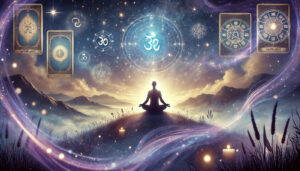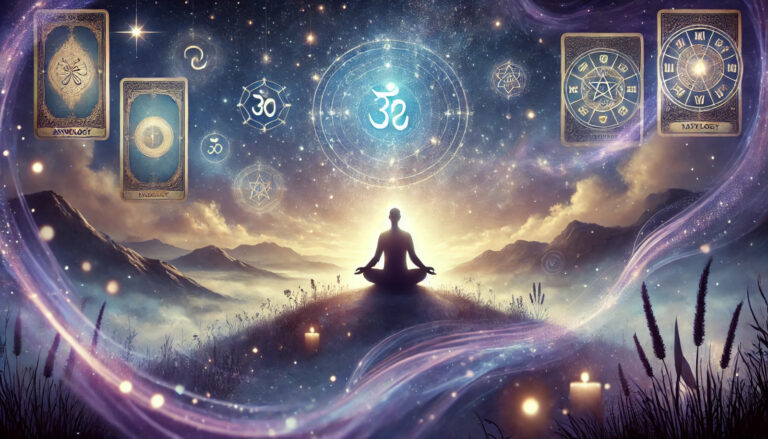Is Space Fake? A Deep Dive into the Evidence and Conspiracy Theories
Is Space Fake? The vast expanse of space has captivated human imagination for millennia. Yet, in recent times, a peculiar notion has gained traction: the belief that space, as we know it, is nothing more than an elaborate illusion. This article delves into the complex realm of the “space is fake” conspiracy theory, analyzing its origins, key arguments, and the overwhelming evidence that counters it.
The Seeds of Doubt: Where the Theory Takes Root

The origins of the “space is fake” theory are difficult to pinpoint. However, several factors likely contribute to its rise. These include:
- Limited understanding of space: For most of human history, our knowledge of space was confined to observations from the naked eye. This limited perspective fueled speculation and gave rise to myths and legends about the celestial realm.
- Distrust of authority: In an era of information overload and heightened skepticism, some individuals question the legitimacy of official narratives, including those presented by scientific institutions like NASA.
- Confirmation bias: Humans readily accept information that aligns with their existing beliefs, while dismissing evidence that contradicts them. This can lead to the selective interpretation of data to support pre-conceived notions.
- Technological advancements: The increasing sophistication of visual effects and computer-generated imagery has fueled the belief that anything we see on screen can be fabricated. This has led to skepticism about the authenticity of space imagery and footage.
Debunking the Key Claims: Examining the Evidence

Proponents of the “space is fake” theory rely on several key arguments to support their claims:
- Lack of direct observation: They argue that we have never physically traveled beyond Earth’s atmosphere, making all claims about space exploration and celestial bodies unsubstantiated.
- Photoshopped images and videos: They point to perceived inconsistencies in space imagery, claiming these are evidence of deliberate manipulation by scientists and government agencies.
- Absence of stars in moon landing photos: They argue that the absence of stars in moon landing photographs is proof that the event was staged in a studio.
- Unexplained phenomena: They cite unexplained phenomena, such as UFO sightings and government secrecy surrounding space programs, as evidence of a hidden truth about the universe.

However, these claims crumble under the weight of scientific evidence:
- Extensive physical evidence: Thousands of satellites orbit Earth, transmitting data that validates our understanding of space. Additionally, numerous probes and spacecraft have successfully explored other planets and moons, collecting physical samples and sending back images and data.
- Rigorous scientific procedures: Scientists adhere to strict protocols to ensure the accuracy and integrity of their data. Independent research groups and international collaborations further strengthen the validity of scientific findings.
- Misinterpretation of photographic anomalies: Apparent inconsistencies in space imagery can be explained by factors such as camera settings, light conditions, and data processing. Additionally, the absence of stars in moon landing photos can be attributed to the bright lunar surface overwhelming the sensitivity of the cameras.
- Alternative explanations for unexplained phenomena: UFO sightings often have mundane explanations, such as misidentified natural phenomena or experimental aircraft. Government secrecy surrounding space programs can be attributed to national security concerns, not necessarily a grand conspiracy.
The Importance of Scientific Literacy: A Call for Critical Thinking

In a world awash with information, it is crucial to cultivate critical thinking skills and rely on credible sources for information about space exploration and scientific discoveries. By prioritizing evidence-based knowledge over unsubstantiated claims, we can collectively move towards a more informed and enlightened understanding of the universe that surrounds us.
Conclusion: Beyond the Veil of Conspiracy Theories
The vastness and mystery of space are undeniable. However, attributing this complexity to a grand conspiracy does a disservice to the scientific endeavor and undermines the monumental achievements of countless astronomers, astronauts, and engineers. By engaging with scientific evidence and fostering a culture of critical thinking, we can truly appreciate the wonders that lie beyond our planet and embark on a shared journey of exploration and discovery.



